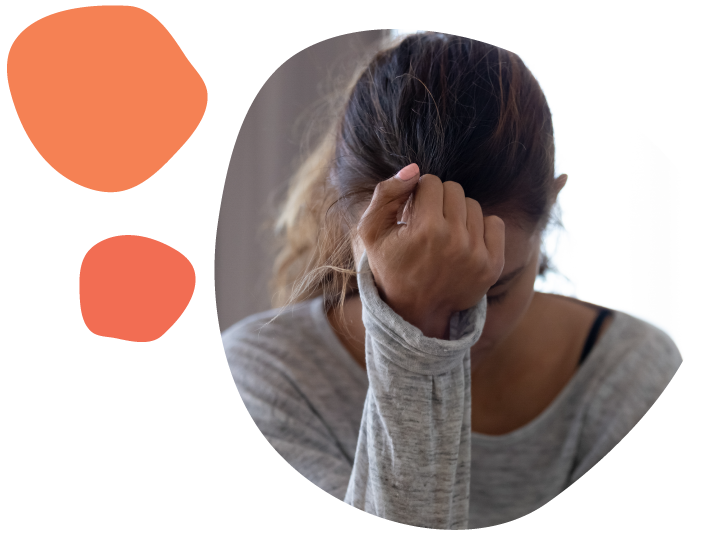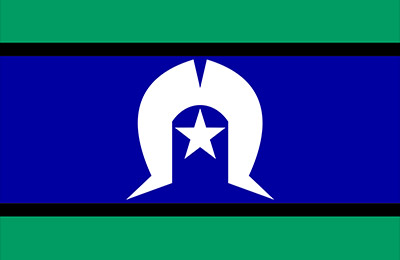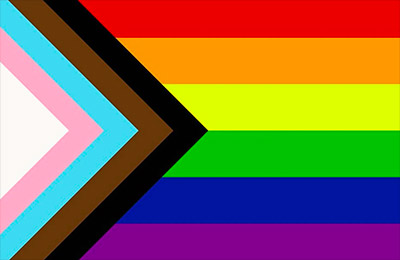Victim-survivors of sexual violence and assault may never forget their victimisation, but they can heal with support from family, friends and their communities.
There are sexual assault services across Western Australia that offer free crisis phone lines, support, advocacy, counselling, information and resources to those who are experiencing any form of sexual violence.
Sexual assault is described as an unwanted and non-consensual act of a sexual nature forced upon a person, either by physical force, intimidation or coercion, or an attempt is made to do this act.
Sexual assault includes attempted rape and rape, aggravated sexual assault (with a weapon), as well as non-consensual acts that do not involve penetration such as groping, touching, and forcing someone to watch or perform a sexual act. Sexual assault also includes when a person is unable to provide consent, for example if affected by drugs or alcohol, underage or intellectually unable to give consent.
In Western Australia, sexual assault is a crime. Sexual offences in Western Australia are governed by the Criminal Code Compilation Act 1913. The act contains a range of sexual offences against children who are below the relevant ages of consent as well as sexual offences against adults. For most sexual offences against adults, the absence of consent is an essential element.
In Australia, sexual assault impacts many people each year from all ages, genders, races, ethnicities, and backgrounds.
The prevalence of sexual violence goes far beyond the cases that get reported to the police. According to the Australian Bureau of Statistics (2017) almost 9 out of 10 incidents women who experienced their most recent aggravated sexual assault by a male in the last 10 years, did not contact the police.
However, low reporting rates and varying research designs make it really difficult to find data and a set of numbers that tells the whole story of sexual violence prevalence in Australia.
The 2016 Personal Safety Survey reveals:
Although there is limited data, research suggests that certain populations are more likely to experience sexual violence. These include:
Sexual assault may traumatise and violate every aspect of a person’s being. In the aftermath of sexual assault, victim-survivors can face extremely difficult and painful emotions, behaviours, and physical responses that appear and disappear, and reappear.
Further negative effects can occur if the victim-survivor is not believed or they are blamed when they first speak about being sexually assaulted.
While there are many common reactions to sexual violence, every victim-survivor responds to traumatic events in their own way. The effects of the trauma can be short-term or long lasting after the sexual assault.
This page is an introduction to help better understand what a victim-survivor often experience. It is not an exhaustive list. As a counsellor, support person, advocate or someone working with a victim-survivor of sexual assault, helping to identify and normalise these reactions can be important.

Not all victim-survivors of sexual assault want to take legal or police action.
Some may just want medical assessment, health care options and psychosocial support.
Adults should be encouraged to make the decision about legal action themselves. They can report the crime any time (even years) after the assault.
Some victim-survivors may be undecided and that’s ok also.
However, if they wish to have a forensic examination to assist them in taking legal action, the collection of evidence is ideally best as soon as possible after the assault.
It is important victim-survivors are aware of their rights and the options available to them. They can choose to talk to a specialist sexual assault counsellor on contact the Sexual Assault Resource Centre (SARC) on 1800 199 888 to speak with one of their counsellors.
Giving consent is active, not passive. It means people are freely choosing to say ‘yes’ and are also free to change their mind at any time. Consent is an important communication between sexual partners. Consent can look and sound different between different sexual partners, but it must be enthusiastic, certain and freely given.
It is against the law to have sex with someone who has not given their consent.
In Western Australia the legal age to consent to sexual activity is 16 years of age. This means sexual partners both need to be 16 years or over, and both freely agree to it, for sex to be consensual. If a person has sex with someone who is under 16 years of age it is a crime.
It is also against the law for some to have sex with a 16- or 17-year-old if they are in a position of authority over them e.g., a carer, teacher, coach.
Child sexual abuse is any type of sexual activity, ranging from fondling to intercourse, performed on a child by an individual who is older and in a position of power or authority.
Child sexual abuse also includes grooming and the production, consumption, dissemination and exchange of child sexual exploitation materials.

The Centre for Women’s Safety and Wellbeing acknowledges Aboriginal and Torres Strait Islander peoples as the Traditional Custodians and first peoples of Australia. We recognise the impacts of colonisation and dispossession and the contemporary disadvantage experienced by Aboriginal and Torres Strait Islander peoples. The Centre for Women’s Safety and Wellbeing is committed to working alongside Aboriginal and Torres Strait Islander women and men to end violence against their women and children in Western Australia.
The Centre for Women’s Safety and Wellbeing acknowledges the strength and resilience of adults, children and young people who have experienced family and domestic violence. We pay respects to those who did not survive and acknowledge the families, friends and communities who have lost loved ones to this preventable and widespread issue. We are committed to ensuring responses to family and domestic violence are informed by lived experience.
The Centre for Women’s Safety and Wellbeing recognises, welcomes and respects people of diverse gender, sex and sexuality. We are committed to greater inclusion of lesbian, gay, bisexual, transgender, intersex and queer people (LGBTIQ).



Use the quick exit button on the top right, or:
On a mac, press ⌘ and W together
On a windows, press Ctrl and W together
To remove all traces of you visiting this website, please clear your browser history.
To learn how to clear your browser history, please click here.